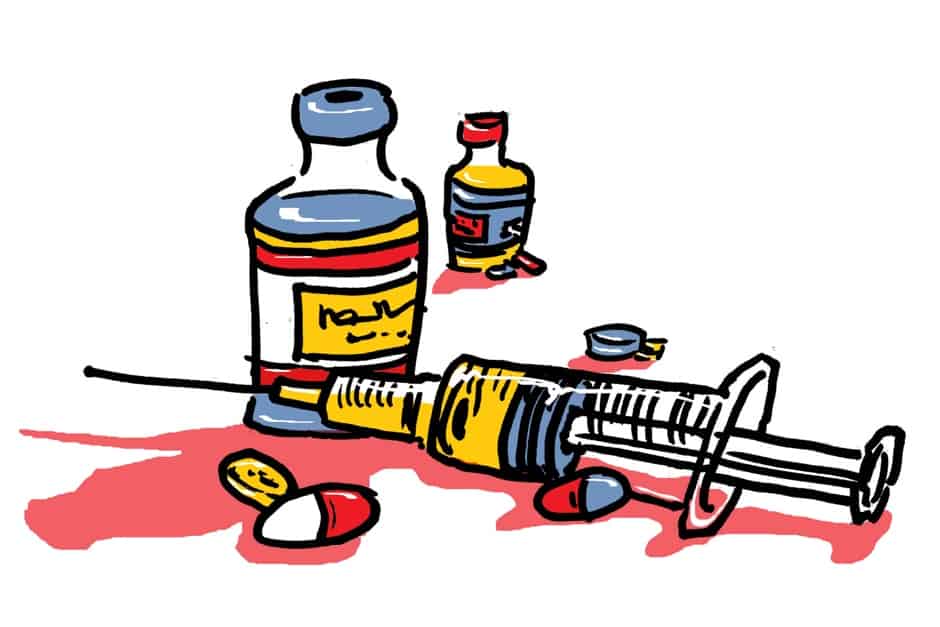The year is 1841. A professor wielding a “long glittering knife, felt for the bone, thrust in the knife carefully but rapidly… The first cut from the inside was completed, and the bloody blade of the knife issued from the quivering wound, the blood flowed by the pint, the sight was sickening; the screams terrific; the operator calm.”
You might think that the preceding quote is a fictional account of a heinous murder, but it is in fact an excerpt from a New York Herald article describing the surgical amputation of a leg belonging to a 15-year-old boy. The boy had only “a little wine” to numb the pain — this was the reality of surgery before the advent of anaesthesia. According to The Royal College of Anaesthetists in Britain, surgery in the pre-anaesthetic era was done only as a last resort and the major determinant of the success of these terrifying procedures was the surgeon’s speed.
Believe it or not, the origins of modern anaesthesia can be traced back to the illicit drug culture of the nineteenth century. Ether and laughing gas — recreational drugs at the time — revolutionized the practice of surgery by being the first compounds to be popularly used to render patients unconscious before going under the knife. Surgery was no longer a race against the clock and surgeons could now venture into areas of the body once considered off-limits, like the abdomen, chest, and head.
In the early days of surgical anaesthesia, physicians were likely more preoccupied with the efficacy of anaesthetic agents than they were with how these wonder drugs worked. It is surprising that, even in 2014 with over 230 million major surgeries occurring on a yearly basis, much is still left unknown about the physiological mechanisms of anaesthetic action. Determining how these compounds act is important because, even though deaths directly attributable to anaesthetics are now infrequent (one in 250,000), there is evidence that anaesthetic exposure can have serious and underappreciated cognitive side effects.
According to Dr. Beverley Orser, a staff anaesthesiologist at Sunnybrook Health Sciences Centre and professor of physiology and anaesthesia at the University of Toronto, one in 10 patients show persistent signs of cognitive impairment three months after anaesthetic administration. This so-called post-operative cognitive dysfunction has been best characterized in the elderly, but emerging evidence suggests that anaesthetic exposure in childhood could increase the risk of future deficits in learning, memory, and cognition. While anaesthetics work by temporarily decreasing the activity of neurons in the brain, pre-clinical studies suggest that they are capable of triggering neurodegeneration that could leave patients with permanent losses in brain function.
A recent study out of Dr. Orser’s laboratory published in the journal Anaesthesiology aimed to devise a pharmacological strategy to prevent anaesthesia-related memory deficits by interfering in the interaction between anaesthetic molecules and a particular subtype of inhibitory receptor in the brain: the alpha-5 GABAA receptor. Anaesthetic activation of these receptors is thought to mediate the desired effect of blocking unwanted memories of the surgical procedure. The researchers reported that L-655,708, a drug selective for these receptors, successfully prevented the memory deficits that normally followed anaesthesia in mice.
Such studies enable the development of tailored anaesthetic approaches capable of selectively promoting or preventing the desirable and undesirable aspects of surgical anaesthesia.
According to Dr. Orser, “A tremendous opportunity now exists for the field to move beyond the ether era and toward a truly modern model of anaesthesia care.”
With files from The Royal College of Anaesthetists, The Herald Sun, Anaesthesiology.


